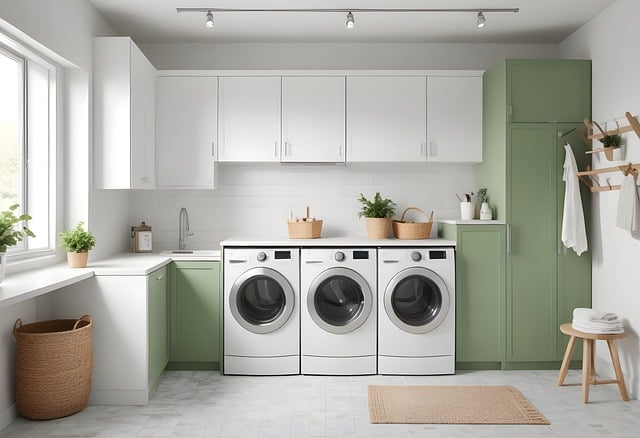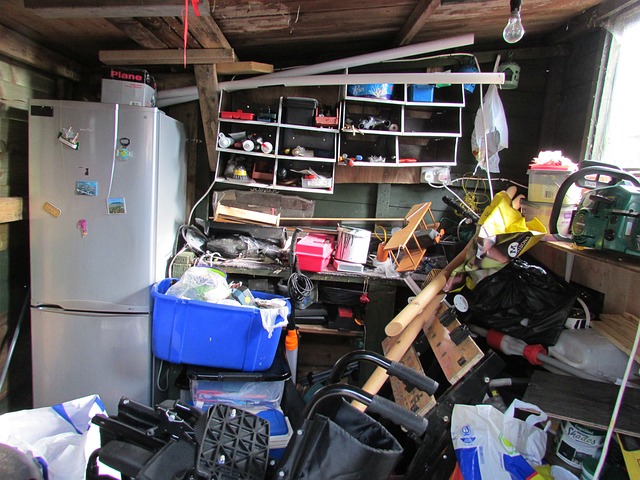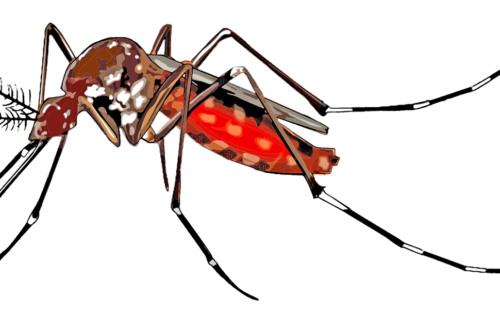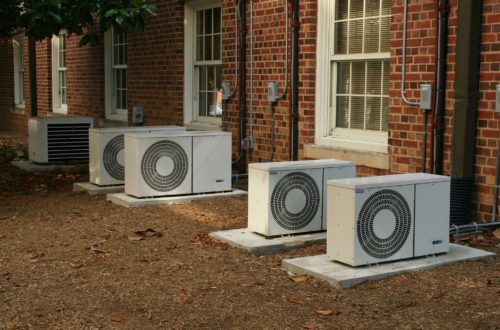Sustainability is no longer a trend but a global movement. With rising temperatures and the mounting landfill crisis, people are looking for ways to incorporate environmentally friendly practices into their homes. If you want to save the environment while keeping your space tidy, sustainable decluttering might be for you. Discover its principles, benefits, and actionable methods.
Key Principles of Sustainable Decluttering
Decluttering sustainably can be tricky if you’re unaware of the basics. It’s more than just organizing your items — it’s also about minimizing your environmental impact. Here are its key principles:
- Quality over quantity: Discard low-quality items that wear out quickly. When decluttering, retain high-quality products that can last for years.
- Waste reduction: Try to generate as little waste as possible. Instead of throwing items straight into the bins, give your possessions a second life through recycling efforts.
- Mindful consumption: This principle promotes thoughtful decision-making when purchasing new items after your decluttering process. It’s key to maintaining a clutter-free home and environment.
Benefits of Decluttering Sustainably
Decluttering your home can be overwhelming, but these advantages can provide much-needed motivation.
1. Boosts Overall Well-being
Living in a cluttered environment affects your body and mind. One in four adults age 65 and older falls each year. Home hazards such as clutter increase the risk of falling. Moreover, accumulated dust and pet dander can trigger asthma, which may significantly affect your children.
Disorder in your household can also affect your mood and concentration, reducing your ability to be productive. When the disorganization is more apparent, you’re also more likely to experience negative health effects. Cleaning your home can help reduce the risks of such possibilities.
2. Lowers Your Environmental Impact
Caring for the planet starts at home. One of the most apparent benefits of sustainable decluttering is letting go of possessions and disposing of them properly. You also help prevent potentially hazardous runoff, such as microplastics, from entering waterways. Repurposing, recycling, and donating unwanted items all help promote an eco-friendly lifestyle.
3. Simplifies Your Life
Sustainable decluttering boosts your appreciation of a few essential things in life. It’s a first step toward a minimalist lifestyle. You’re likely to develop weaker attachments to material possessions when you’re satisfied with what you have.
4. Prevents Unnecessary Spending
Decluttering will help you regain a clear sense of your possessions, which will help promote mindful spending habits. Think about the money you’ll save by not buying things that only clutter your home.

5 Methods for Sustainable Decluttering
Discover ways to practice this environmentally friendly habit at your home.
1. Assess Your Belongings
The first step involves evaluating your possessions. When sorting through items, determine if something still serves a purpose in your life. Making time for this can help you make conscious decisions on handling clutter.
Consider adopting the Four Box Method when assessing your belongings. This method entails having four boxes, each representing a purpose — keep, donate, recycle, trash. The goal is simple — keep valuable items, donate unwanted things in good condition, recycle reusable products, and throw away unusable ones.
2. Practice Proper Disposal Methods
The world produces 2.01 billion tonnes of municipal solid waste annually, and 33% is unmanaged. Imagine the amount of trash that’ll end up in landfills after decades. Proper waste segregation, when practiced regularly, can significantly help the environment.
Separate biodegradable and non-biodegradable waste as you declutter. Biodegradable waste includes paper and food waste. Consequently, natural processes cannot eliminate non-biodegradable materials like plastics, glass, metals, and styrofoam.
Styrofoam usage is rampant worldwide. However, most styrofoam products are made of polystyrene, which makes up 10%-40% of plastics found in waterways. Disposing of this product can be tricky, but some organizations allow donations. You can visit Earth911.com and enter “polystyrene” and your zip code to see the nearest drop-off location.
3. Donate or Sell Clothes
Do you have clothes that no longer fit or spark joy? Instead of throwing them away, consider donating them to local charities, giving them to your relatives, or hosting a garage sale at home. These are some creative ways to reduce your landfill waste.
In the U.S. alone, around 11.3 million tons of textile waste end up in landfills yearly. The throwaway culture might be a culprit in mounting waste. Do your part in saving the planet by donating things that people or organizations can still use.
4. Repurpose Old Items
Assess whether an item can be repurposed before deciding whether to donate, recycle, or throw it away. For instance, you can convert old shirts into cleaning rags. You could transform your old, baggy jeans into shorts. There are plenty of tutorials to follow online.
Plastic bottles are also common clutter. Americans dispose of 60 million water bottles daily — that’s nearly 22 billion annually. Consider repurposing them as planters instead of sending them to the recycling bin.
5. Practice Mindful Consumption
Sustainable decluttering is a journey. It doesn’t stop once you have an organized home. Maintaining a clutter-free environment starts with mindful consumption. Ignore trends — spend less time on your phone so you get less tempted to buy irrelevant stuff. Being intentional about your purchases and investing in high-quality items can help lessen the need to buy more.
Create a Clutter-Free Home and Environment
While an eco-friendly organization process may sound challenging, these tips equip you to tackle clutter with the environment in mind. Join the movement today for a greener tomorrow.
Mia Barnes is a health and lifestyle writer with a passion for sustainable wellness and eco-friendly living. Mia is the Editor-in-Chief of Body+Mind magazine with over 5 years of experience in freelance writing.
Image by Bill Kasman and Shahidul Alam






